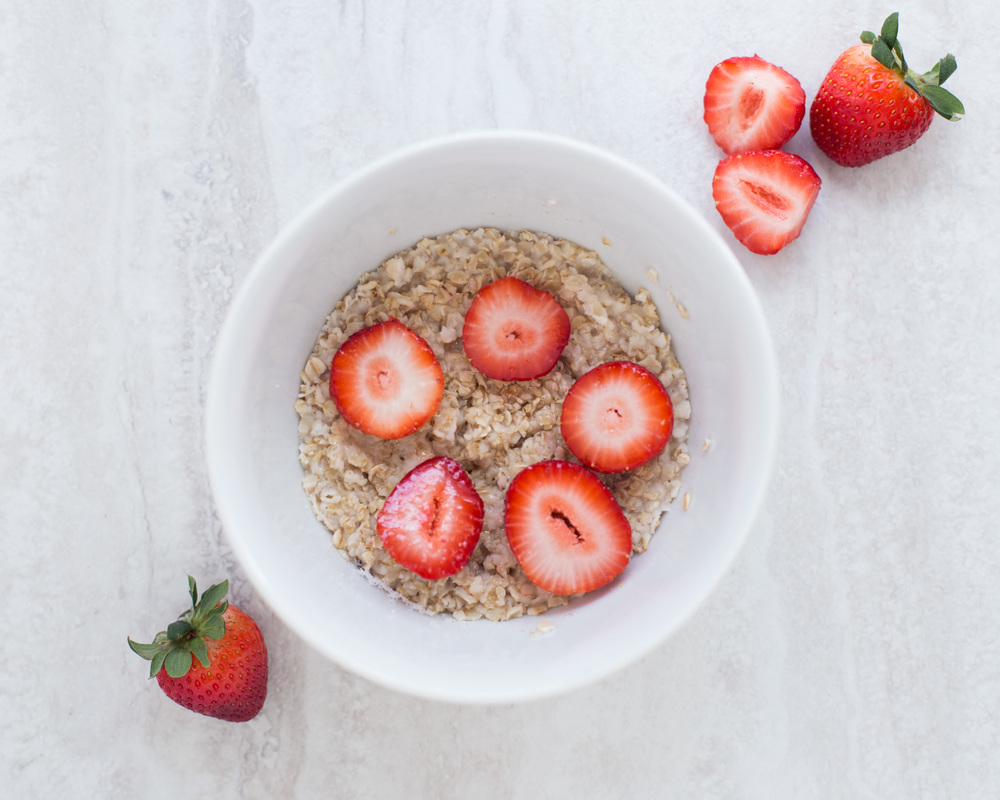|
Key to managing type 2 diabetes successfully is eating right. Making wise food choices is critical for people with diabetes to help them reduce the risk of stroke, heart disease, or other diabetes related complications. A diagnosis of type 2 diabetes can be emotionally and physically overwhelming for people in addition to the worries and anxieties of daily pressures of life. Mindful eating is not a new fad diet but a healthy, healing way of eating for anyone. Even more for someone who wants to lead a normal life whilst managing diabetes. It is based on the ancient Buddhist art of mindfulness that makes us aware to live in the moment. The concept is that we live in autopilot mode,often holding onto past regrets or worry about future ones. Thus we are rarely focused on what we are doing in the present. A well structured mindfulness program helps us to come off autopilot mode and develop a new mindset towards eating. The good news is the NHS in England is now recommending this technique as studies have proven it to be effective in reducing over and binge eating, lowering weight and body mass index, helping to cope with anxiety about food and chronic eating problems such as anorexia and bulimia as well as helping to improve Type 2 diabetes. Whether we are binge eating or following a highly restrictive diet, it is likely that we have lost track of when we are hungry or when we are full. Mindful eating heals this disconnection between our body and mind. Mindful eating helps people with diabetes listen to their bodies to understand physical sensations of hunger and understand what the body really needs. Being aware of emotional and physical triggers of hunger can help patients understand when to stop and start eating. This can be difficult if one had lost their sense of hunger and fullness from eating large portions, comfort eating or fad diets but it is reversible by re-training the brain to connect with the body and emotions. Our relationship with food is often a reflection of our emotional well being. Sometimes without even realising,we restrict or overeat as a coping mechanism to block negative thoughts or to distract us from dealing with them. When we have healthier ways of coping, such as mindful breathing and letting go of anxiety, we no longer need to manage our emotions through food choices. We are able to tolerate negative emotions, as uncomfortable as they may be, without pushing them away or stuffing them down with food. Here are some simple tips for mindful eating that can be used straight away whether you are diabetic or not. If you are diabetic, it may be helpful for you to get additional support from a mindful eating teacher or coach to assist in coping with any difficult emotions.
0 Comments
Leave a Reply. |





 RSS Feed
RSS Feed
